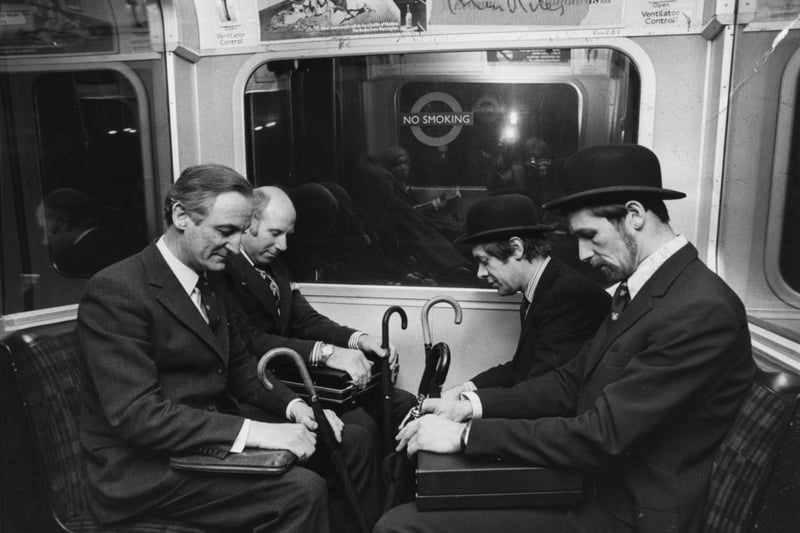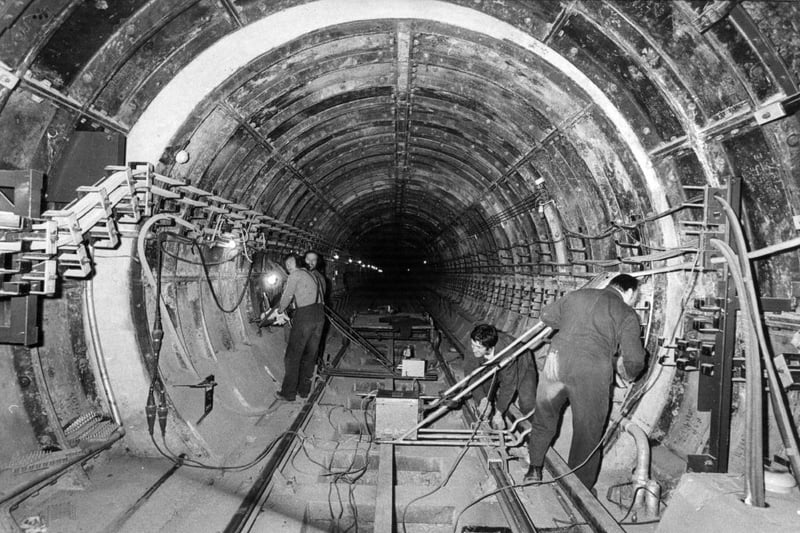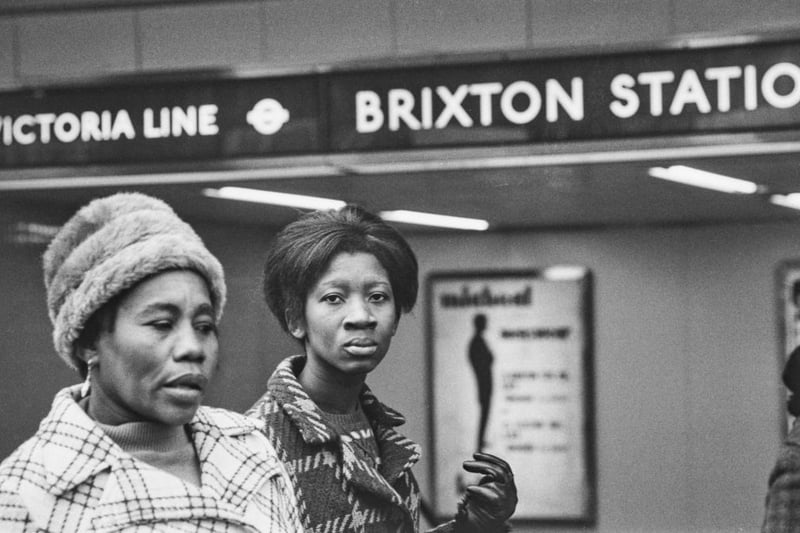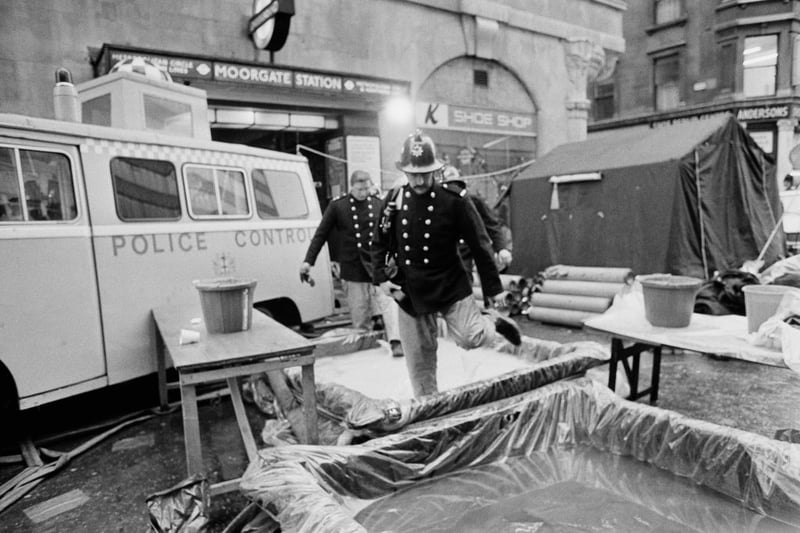The 1970s in the UK was an era of cultural and political change, with widespread trade union strikes and high inflation rates. It was also a decade of punk, glam rock and feminism.
On the London Underground the ‘70s saw the introduction of the Jubilee line to the network and the extension of the Victoria line to Brixton.
The last steam shunting and freight locomotives were also withdrawn from service in 1971, bringing the Tube into a more modern era.
In 1975, tragedy struck when a Northern line train failed to stop and crashed into a concrete wall at Moorgate station.
The accident resulted in the deaths of 43 people, with 74 people injured. It was the worst incident in peacetime on the London Underground.
Following the crash, new safety measures were introduced.
In 1977 the Piccadilly line was extended to Heathrow airport. Heathrow Central station (Terminals 1 2 3) was officially opened by Queen Elizabeth II.
Today the Tube handles up to five million passenger journeys a day. At peak times, there are more than 543 trains whizzing around the capital.
The network has expanded to 12 lines and serves 272 stations, making it one of the busiest metro systems in the world.
We’ve taken a look down memory lane on the London Underground in the 1970s.

1. January 23 1978: Tired passengers on the London Underground.
The 1970s in London was a time of cultural and political change.

2. May 2 1977: Workmen drilling a new sound proofing ledge on the Jubilee Line at Green Park
The Jubilee line was opened in 1979, and was named in honour of the late Queen Elizabeth II’s Silver Jubilee in 1977.

3. February 1973: Brixton Station on the Victoria Line in Brixton. February
The Victoria line was extended to Brixton in 1971.

4. February 28 1975: Police at work following the Moorgate tube crash
A fatal accident on the Northern line at Moorgate killed 43 people.
